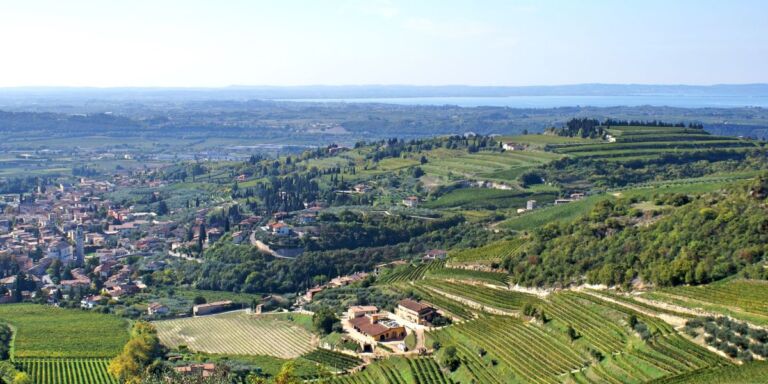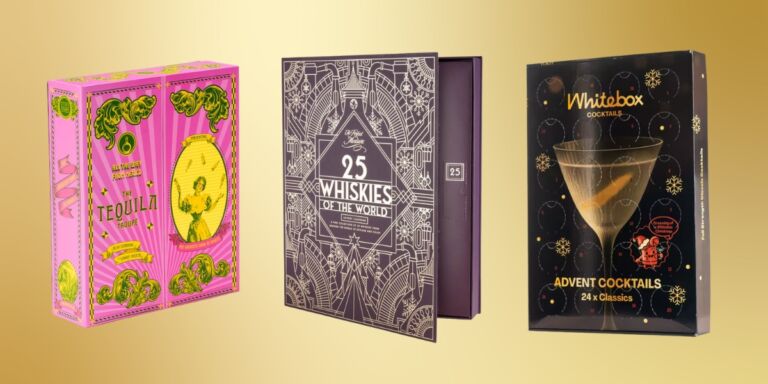Few locations are as synonymous with luxury as the Italian lakes. From Ernest Hemingway to Winston Churchill, via Laurence Olivier and Vivien Leigh, the shores of Northern Italy’s glacial lakes continue to attract Hollywood A-listers to this day. Yet there’s far more to the area than simply Como and Garda – especially when it comes to wine.
Lying just an hour’s drive to the north-east of Milan and nestled midway between its two better-known neighbours sits Lake Iseo, a 20km-long stretch of water that’s home to Monte Isola, Europe’s largest lake island. To the south of the lake, where the rolling hills lie in stark contrast to the soaring lakeside peaks further north, the more pastoral landscape produces the grapes used to make Italy’s other sparkling wine: Franciacorta.

While its popular cousin Prosecco is produced in giant tanks under pressure at wineries surrounding Venice, Franciacorta wine and other sparkling wines from Lombardy follow the traditional method. The second fermentation – the chemical reaction that adds bubbles to still wine – takes place inside the bottle, just like it does for Champagne, Cava and other quality sparklers.
Yet there are subtle differences to its international peers; “Franciacorta” is not only the name of the region and wine, but also of the production method. The grapes are harvested by hand and the wines are aged for longer, reinforcing the producers’ dedication to quality.
The other factor that sets Franciacorta apart is its location. Lying further south than many of Europe’s better-known sparkling wine regions, the extra heat and hours of sunshine bring additional ripeness to the fruit, giving winemakers a helping hand when it comes to balancing concentrated fruit flavours against acidity and allowing them to add a lower dosage, the combination of wine and sugar used in the final blend.


Chardonnay, Pinot Nero and Pinot Bianco form the backbone of the region’s production, but one of the area’s native grapes, Erbamat, is now coming to the fore, with winemakers praising its ability to retain acidity and its late-ripening thicker skins as tools to help Franciacorta survive climate change.
That kind of forward thinking is characteristic of the area. Although sparkling wine has been made in this part of Lombardy since the 16th century, it was only in 1967 that the area was granted official recognition after its growers came together to improve quality, with the bubbles gaining the coveted DOCG status in 1995.
The region’s focus on quality over quantity also led to the development of Satèn, a distinctive style of wine made only from Chardonnay and produced at a lower pressure, creating a softer, rounder and – indeed – satin-like feeling in the mouth. Satèn sits alongside the more traditional styles of non-vintage, vintage and Riserva.
Production is still relatively small, with just over 100 wineries making 17.5 million bottles a year, compared to 300 million in Champagne and 600 million in Prosecco. Yet that rarity adds to Franciacorta’s allure – and its reputation as a gastronomic treat.

Peter Ranscombe has also written about Maturano, Italy’s forgotten indigenous grape variety. We also have plenty more features about sparkling wines from a variety of wine regions, including Champagne:




